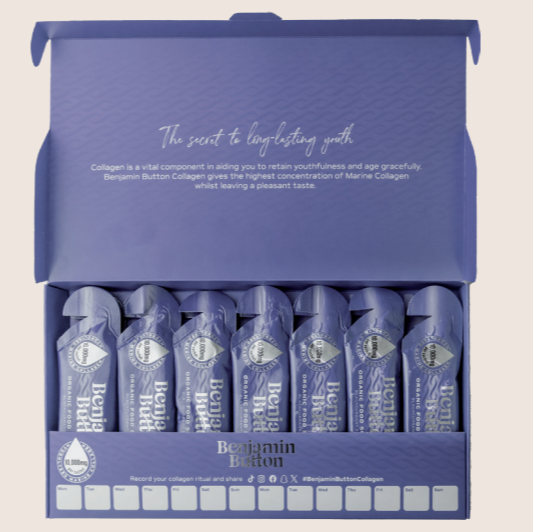Behind the Scenes of Pride and Prejudice with Joe Wright
The film adaptation of Pride and Prejudice directed by Joe Wright is a captivating representation of Jane Austen’s classic novel. Released in 2005, this film not only brought the beloved characters to life but also redefined the visual storytelling of period dramas. In this article, we will delve into the fascinating behind-the-scenes aspects of the film and explore how Joe Wright's vision shaped it into a work of art.The Vision of Joe Wright
Joe Wright approached Pride and Prejudice with a fresh perspective. He aimed to create a film that felt both timeless and relatable, focusing on the emotional depth of the characters rather than just the historical accuracy. His vision was clear: he wanted to portray the essence of the story, emphasising love, class differences, and personal growth. Wright's background in theatre equipped him well for the challenges of directing a film steeped in literature. He understood the importance of dialogue and performance, shaping scenes to highlight the emotional connection between characters. One of his unique techniques was to utilise long takes and natural lighting, capturing the beauty of the English countryside and creating an intimate atmosphere.Capturing the Emotional Heart
Central to the film's success is its ability to convey the intricate emotions of its characters. Wright employed various methods to enhance the emotional resonance of pivotal moments in the story.- Character Development: Each actor was encouraged to explore their character's backstory, enhancing authenticity in their performances.
- Rehearsal Process: Extensive rehearsals were conducted to allow cast members to bond, establishing chemistry that translated on-screen.
- Improvisation: Wright was open to improvisation, allowing actors to bring spontaneity to their interactions, which added depth to their performances.
Stunning Visuals and Locations
A pivotal aspect of the adaptation is its stunning visuals. Shot predominantly in the English countryside, the film showcases breathtaking landscapes that complement its narrative. Wright's choice of filming locations played a critical role in bringing the visual elements of Austen’s world to life.Key Locations and Their Significance
The locations selected for filming were more than mere backdrops; they added layers of meaning to the story.- Pemberley: The scenes at Pemberley were filmed at Chatsworth House, a remarkable estate that encapsulated the grandeur of Darcy's character.
- Longbourn: The use of real period houses helped ground the story in reality while showcasing the lifestyle and environment of Regency England.
- Paramount in Nature: Various outdoor scenes highlighted the relationship of the characters with their surroundings, incorporating elements like the rolling hills and meadows.
Casting Choices that Captivated
The casting of Pride and Prejudice was another vital element in the film's success. Joe Wright's choices brought together a talented ensemble that captured the essence of Austen's characters.Spotlight on Key Performances
Each actor delivered a memorable performance, contributing to the film's overall impact.- Kera Knightley as Elizabeth Bennet: Knightley’s portrayal of Lizzy was both spirited and nuanced, reflecting her independent spirit and emotional journey.
- Matthew Macfadyen as Mr. Darcy: Macfadyen brought depth to Darcy, effectively showcasing his vulnerability beneath a stoic exterior.
- Donald Sutherland as Mr. Bennet: Sutherland infused humour into his role, creating a well-rounded character that resonated with audiences.
The Soundtrack and Its Role
Music plays a critical role in any film, and Pride and Prejudice is no exception. Composed by Dario Marianelli, the score beautifully complements the film's narrative and emotional undertones.Musical Themes and their Impact
The soundtrack features melodies that evoke the full range of emotions experienced by the characters.- Knightley's Theme: A recurring motif associated with Elizabeth that captures her adventurous spirit.
- Darcy's Theme: More melancholic tones reflect his internal struggles and the evolution of his character.
- Romantic Duets: Certain pieces serve to underscore pivotal romantic moments, enhancing emotional engagement for viewers.






















